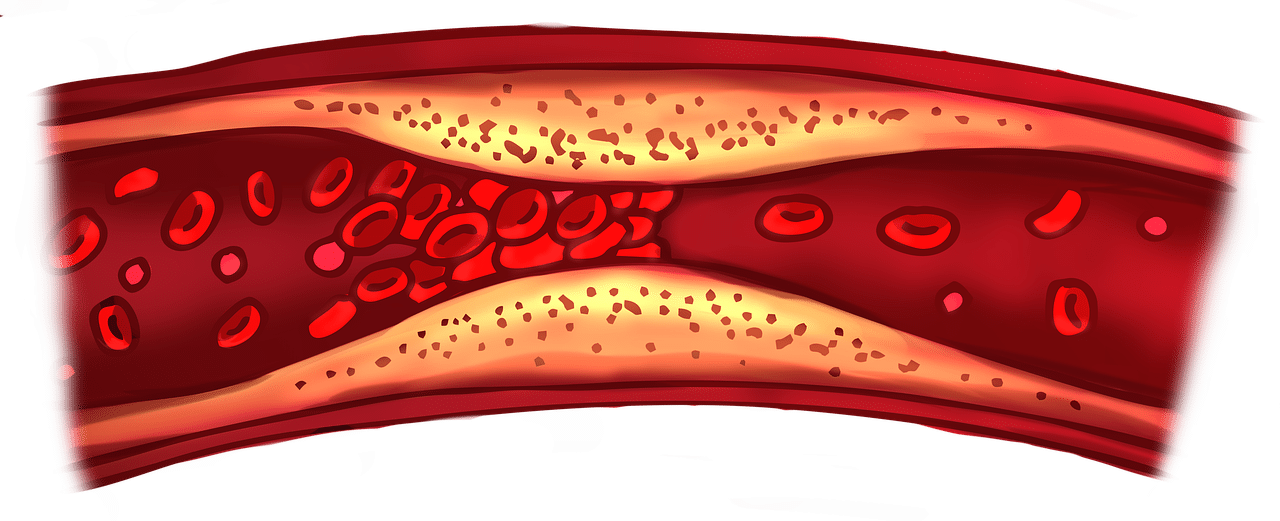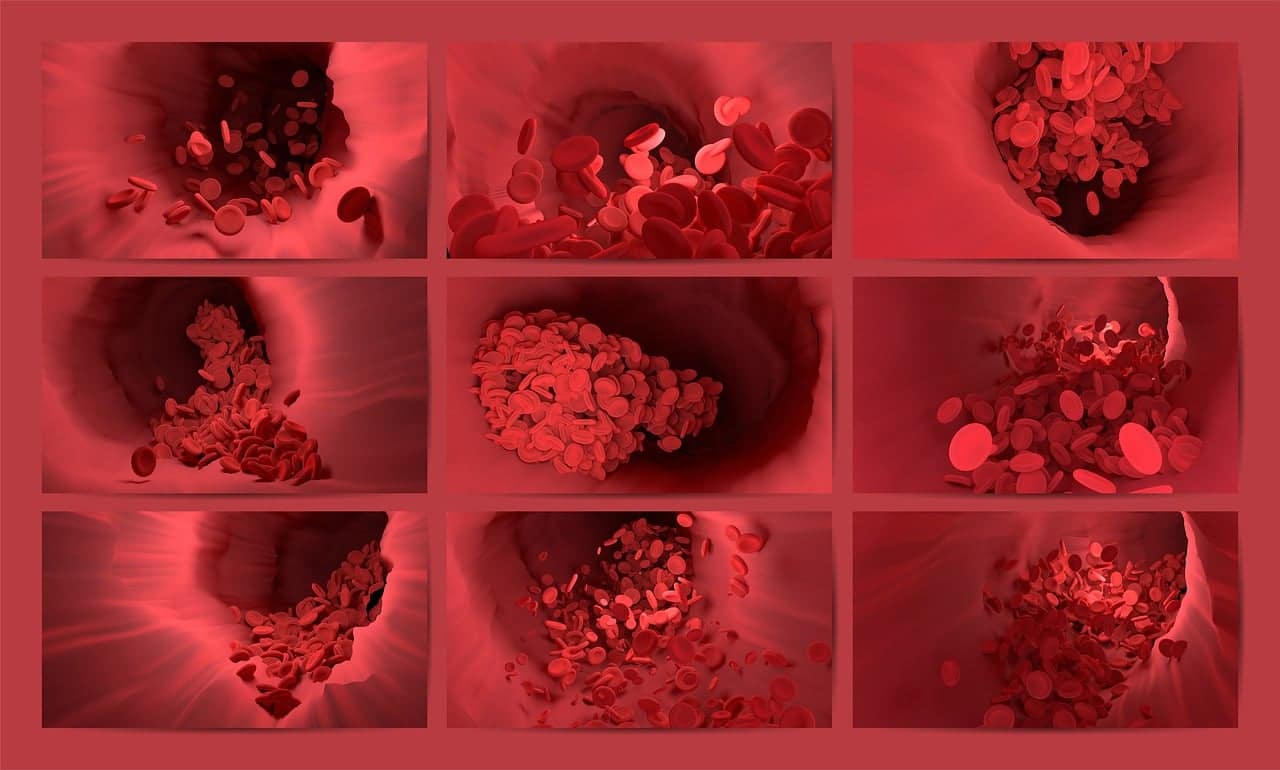
Thrombosis occurs with the appearance of a thrombus in a blood vessel.
Thrombosis is a concept that refers to the formation of a thrombus ( blood clot) inside a blood vessel. The concept comes from a Greek term that means "coagulation."
Among the causes of thrombosis, the alteration of blood vessels (due to a traumatic rupture, for example) or of coagulation factors (due to a decrease in proteins , among other possible reasons) can be mentioned.
Thrombosis classification
Thrombosis refers to both the clot itself and the pathological process that blocks the blood vessel. Depending on the level of occlusion, thrombosis can be classified as occlusive (the vessel is completely obstructed) or mural (the obstruction of the blood vessel is only partial).
Another classification of thrombosis is made according to the location of the thrombus. Precipitation thrombosis occurs in the heart or arteries due to the detachment of platelets. Coagulation thrombosis occurs when a mixture of fibrins and platelets blocks the veins . Hyaline thrombosis , on the other hand, develops in capillaries or venules , also due to the detachment of fibrins and platelets.
Coagulation thrombosis is the most serious, since the thrombus prevents blood supply to certain parts of the body, causing ischemia and then death of the structures without irrigation.
It is also important to distinguish between thrombosis and embolism . Thrombosis is the obstruction of the blood vessel by a plaque that grows on its own wall. When this plaque detaches, it is known as an embolus and can go to different parts of the body.

The causes of thrombosis can be diverse.
The treatment
In the case of deep vein thrombosis, it is generally combated with medications, therapies and devices that seek to prevent the clot from increasing in size, as well as its detachment and movement to the lungs . Thrombosis treatment also aims to reduce the chances of a new clot developing.
Anticoagulants are the most common option, since they reduce the blood's ability to clot, while preventing the growth of existing clots. On the other hand, they do not have the power to destroy them; However, it is important to note that our body is prepared to dissolve almost all clots after a while. Regarding the routes of administration and available formats, anticoagulants are distributed in pills and injections (both subcutaneous and intravenous).
The duration of treatment with anticoagulants is usually 6 months, although the following factors can alter it:
- A blood clot forming after a risky situation such as surgery (which decreases the duration).
- That the patient has had clots before (this increases the duration).
- That thrombosis coexists with another disease, such as cancer. In this case, blood thinners may need to be taken until the other disorder is controlled.
Other options to combat thrombosis
For those people who, for various reasons, cannot consume anticoagulants, there are thrombin inhibitors , which act directly on the blood clotting process. Thrombolytics, on the other hand, cause rapid dissolution of large clots (the ones causing the most worrying symptoms ). However, this last option is exclusive for extreme cases, since it can cause sudden bleeding .
Another option for those who cannot tolerate blood thinners is a filter that is placed inside a vein called cava , with the purpose of catching clots before they travel to the lungs. This technique helps prevent pulmonary embolism, although it does not prevent new clots from appearing.
Finally, there are stockings that exert a certain pressure in the ankle area, which decreases as it reaches the knee, to prevent the formation of clots. They are called graduated compression and can be purchased without a prescription.
